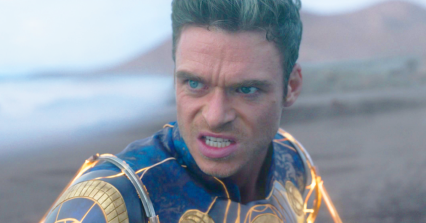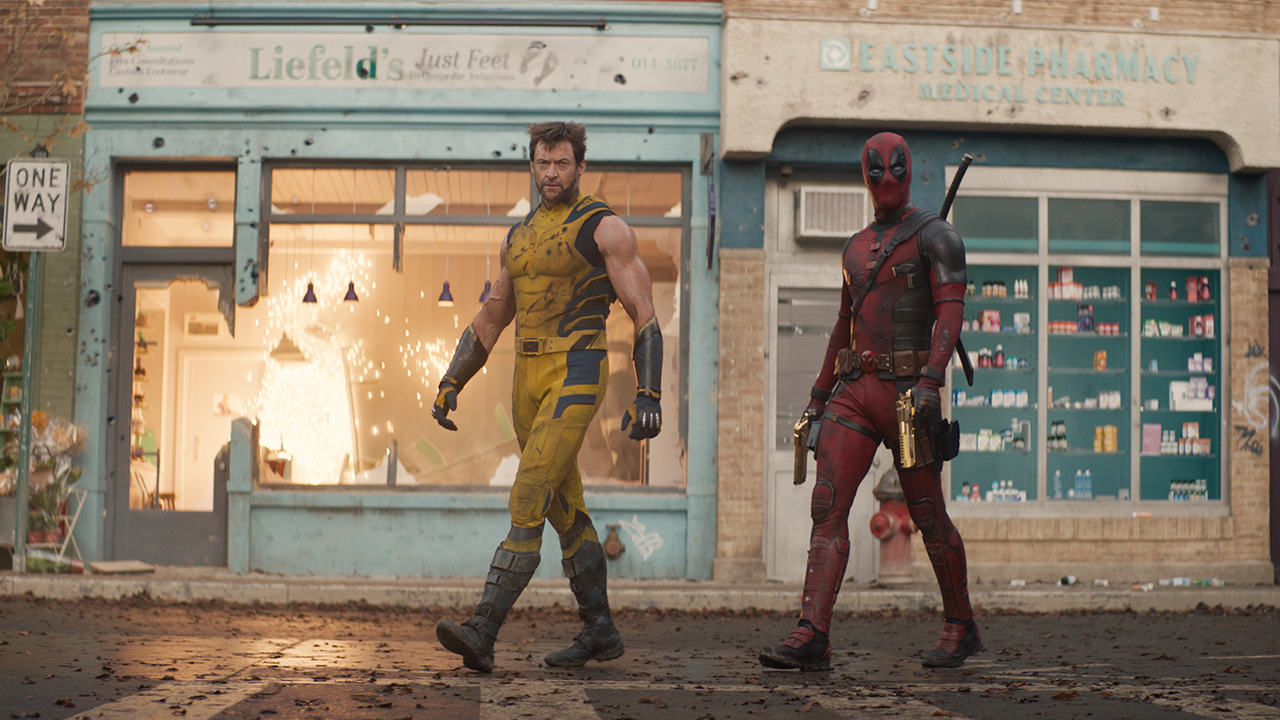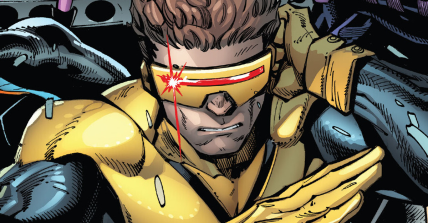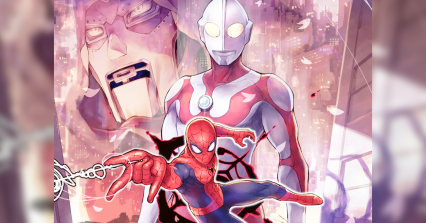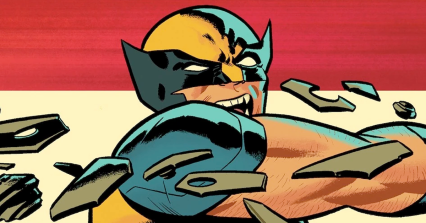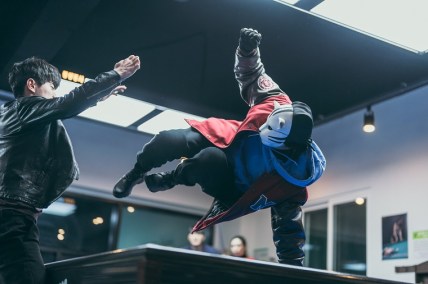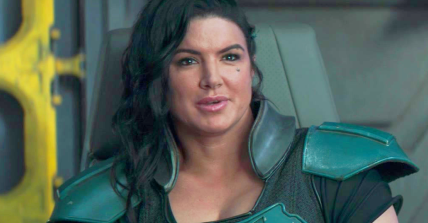SpaceGodzilla Almost Looked a Lot Different and Stranger

SpaceGodzilla is a favorite topic around here, in case you didn’t know, and for good reason. The cosmic Gojira clone is in the middle of a popularity explosion among G-Fans, especially in the last few years with all the reviews and retrospectives going around.
Not bad for a monster who made a single appearance in a Godzilla movie that almost never happened at all. Fortunately, it did in 1994’s Godzilla vs. SpaceGodzilla, but just because the film was made doesn’t mean the look for the extraterrestrial beast was final.
What made it to screens, resembling Godzilla to a point with a few modifications like big crystal shoulders and navy blue skin, was one of several bizarre designs proposed.
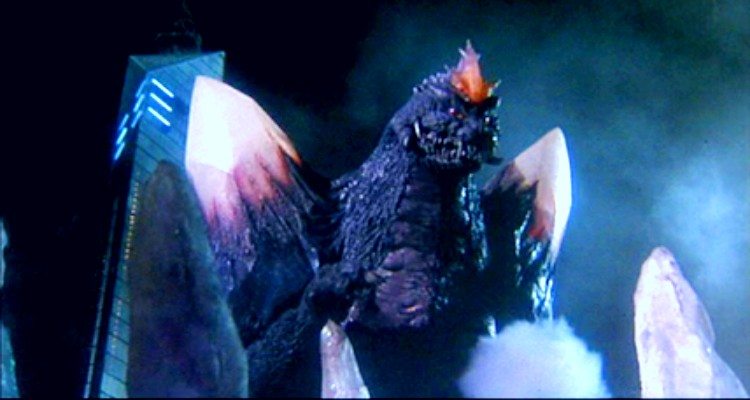
Related — Godzilla: The 10 Titans We Want to See Next in the MonsterVerse And How They Get There
The Twitter account Kaiju Masterclass shared some of the strange propositions (below) in a post subtitled “Various unused designs for SpaceGodzilla.”
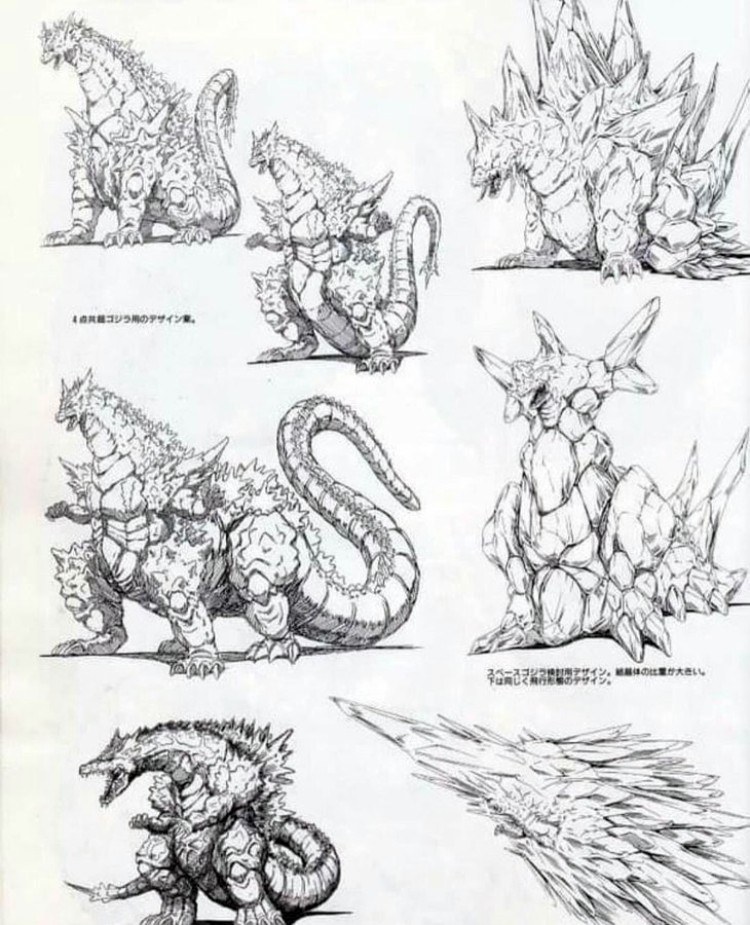
As you can see, some of these designs look less like Godzilla and more like a walking dragon. A few stand on four legs – each with even larger tails and more pronounced spikes.
On the right, SpaceGodzilla looks more like he is made out of a completely solid crystal. The bottom could be an early design for his flight mode. Slow and lumbering on the ground, he has telekinesis which gives him anti-gravity properties and greater mobility.
Oddly enough, SpaceGodzilla was more dragon-like, sporting wings that are better evidence he can fly. Further variations published in the book Heisei Godzilla Perfection give him robotic and skeletal traits (see below).

In flight, SpaceGodzilla resembles something akin to a jagged space rock or a piece of the Fortress of Solitude.

SpaceGodzilla was known as CrystalGodzilla in the early concept art. The first draft of the film’s script dubbed him AstroGodzilla and gave him the wings seen in the artwork.
He was all white and possessed telepathy instead of telekinesis along with ice-driven, not crystal-based, powers.
Shinichiro Kobayashi, the story writer for Godzilla vs. Biollante, came up with the crystal concept. Artist and Heisei monster designer Minoru Yoshida thought of the design.
SpaceGodzilla’s look was scaled back to reflect Godzilla’s ultimate form in the SNES game Super Godzilla, also created by Yoshida (example below).
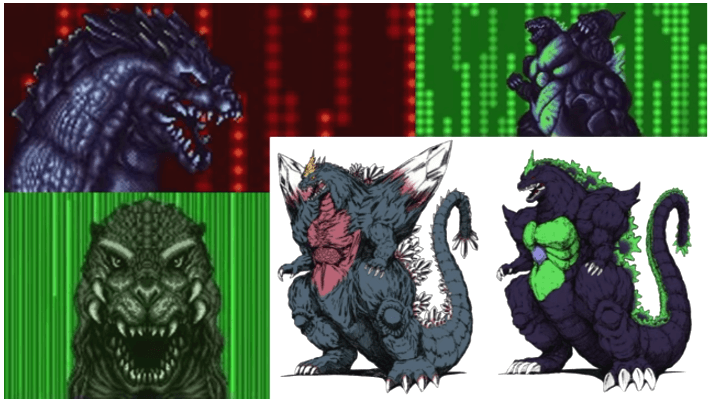
The interstellar menace is what happens when G-Cells meet the radiation of a black hole. How those cells got into the void is either the fault of Mothra, who went into space to stop an asteroid, or Biollante disintegrating into spores and floating to the heavens.
Initial drafts of the script pointed squarely to Biollante. The finished film leaves it ambiguous but evidence is there in the form of SpaceGodzilla’s elongated snout, rows of teeth, and orange eyes that share a color scheme with Biollante’s nucleus.
More concept art illustrates this.
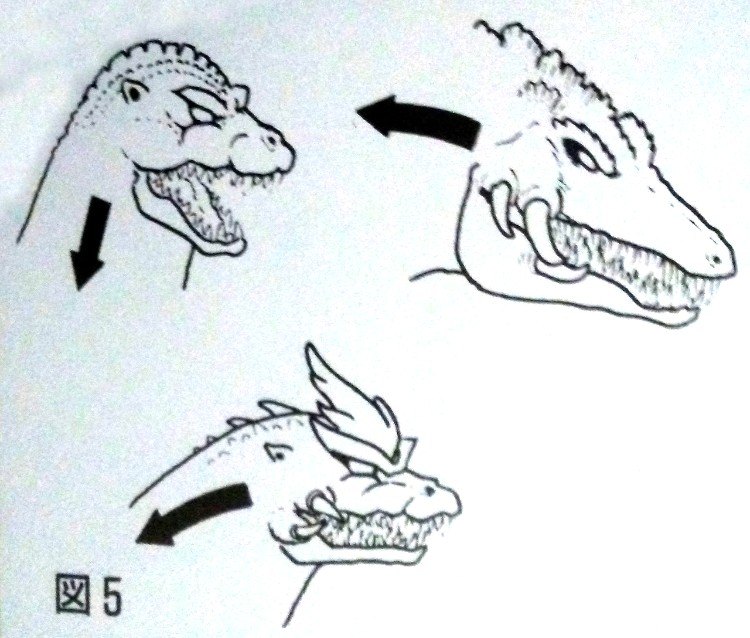
Toho’s Heisei period of Godzilla films was supposed to end by the mid-90s to make way for Hollywood’s development of its own G-movie with FX work by Stan Winston.
That fell through, later spawning the 1998 Zilla produced by Dean Devlin and Roland Emmerich. The unmade Winston Godzilla had a completed script that was eventually adapted into a graphic novel.
Toho realized they needed to churn out a movie pretty quickly to keep the brand and ticket sales going; thus, Godzilla vs. SpaceGodzilla came to be.

Fans praise Space-G and the monster action, but find the effort kind of middling and confusing.
The picture’s muddled aspects are best summed up in a subplot that goes nowhere involving a vengeful loner (who showers outside in front of two guys for some reason) and a poison bullet he tries to fire into Godzilla’s armpit.
Sony/TriStar, makers of the ’98 Godzilla, handled the American home video distribution of Godzilla vs. SpaceGodzilla and other Heisei series installments. The film was available on Crackle this year for free until Sony sold their stake in the ad-based streamer.
On a related note, slowly but surely, the company is losing the distribution rights to the Heisei Godzilla catalog.
Got any thoughts on the oddball designs or SpaceGodzilla? Leave us a comment in the usual spot.
More About:Movies

